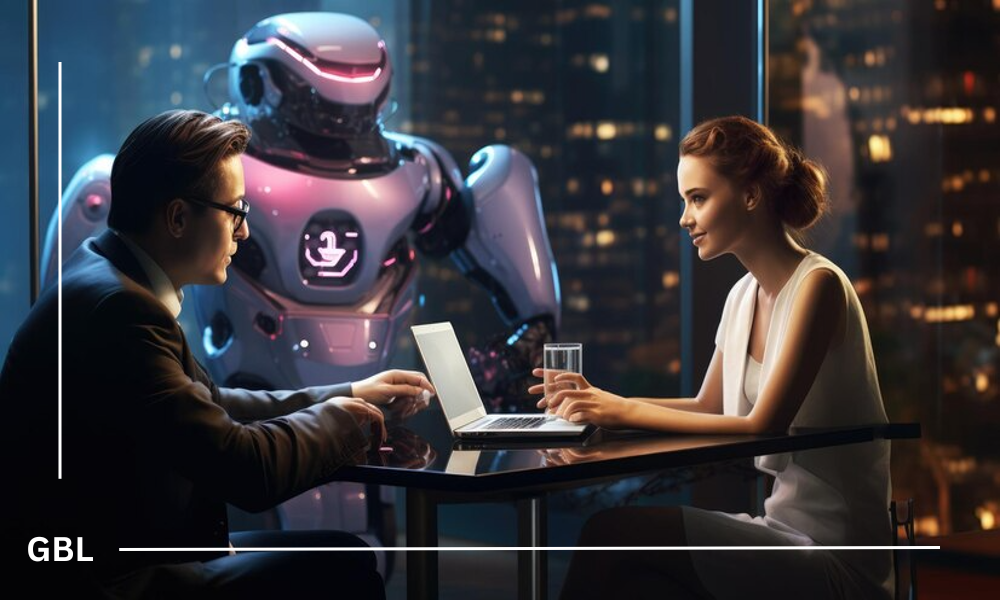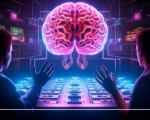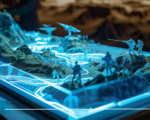Human-Robot Interaction (HRI) is reshaping the way we think about technology and its place in our lives. The idea of robots working alongside us isn’t just something out of science fiction anymore—it’s becoming a reality in industries, homes, and even healthcare. But what does this mean for us as humans? How do we feel about interacting with machines that are becoming more intelligent, responsive, and social?
At its core, HRI is about creating a relationship between people and robots that feels natural and beneficial. Think about the tools you use every day—smartphones, computers, or even virtual assistants like Alexa or Siri. Now imagine those tools with a physical presence, able to move around and interact with you directly. That’s where we’re headed, and it brings up both excitement and hesitation.
In the workplace, robots are no longer confined to doing repetitive tasks behind safety barriers. Collaborative robots, or “cobots,” are working side by side with humans on factory floors, in labs, and in warehouses. These cobots are designed to understand human actions, assist in physical tasks, and enhance productivity without posing a safety risk. But what happens when machines become more intelligent than we expect? It raises important questions about trust—how much control are we willing to give robots in environments that require human intuition?
In more personal settings, such as caregiving for the elderly, robots are being designed to help with daily routines, provide companionship, and even monitor health. For someone who’s living alone, a robot could offer comfort and support. Yet, there’s something deeply human about wanting to be cared for by another person, and that connection is hard to replace with a machine, no matter how advanced.
As robots become more a part of our everyday lives, we need to think about how we feel around them. Are they just tools, or can they become something more? Will we grow comfortable enough to rely on them in intimate or important moments? The future of HRI is about finding that balance—building technology that supports us without taking away what makes us human.

















